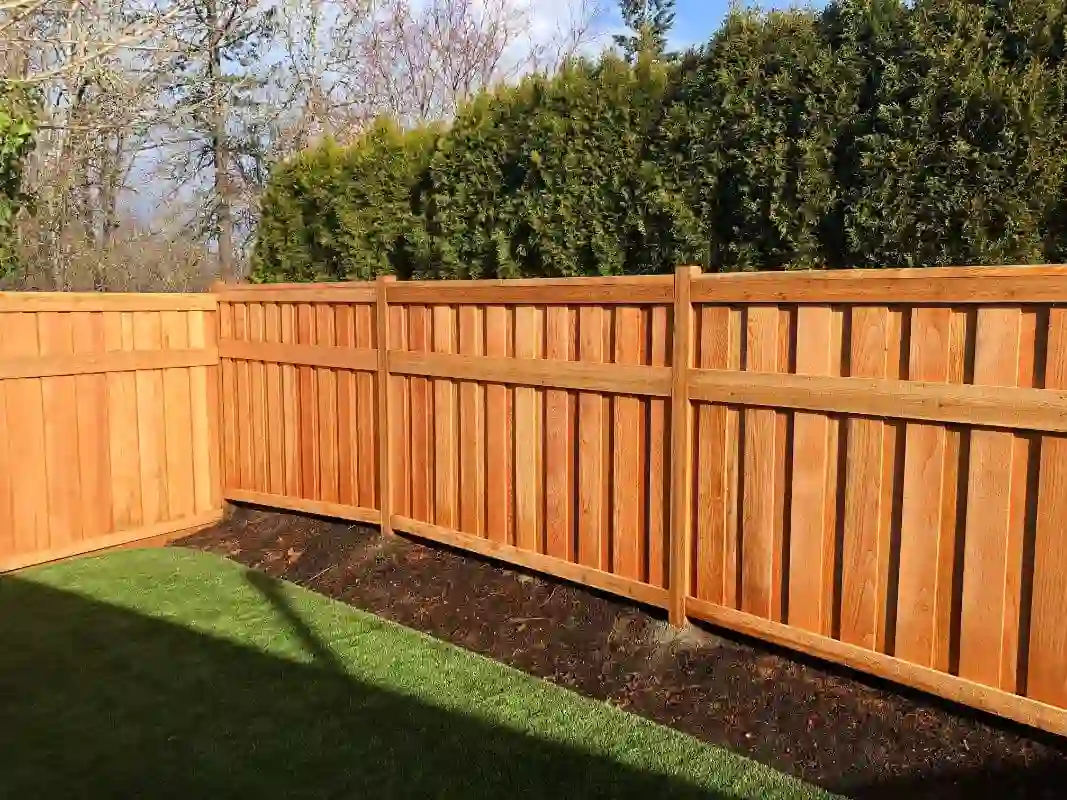
If you’re considering enhancing your property’s privacy, security, or curb appeal, a new fence is a solid investment. But one question often overlooked is when to install it. Timing your fence installation can make a significant difference—not just in cost and convenience, but also in the longevity and quality of the work.
Let’s break down the pros and cons of each season and help you decide the best time to install your fence.
Spring: The Popular Choice
Spring is often seen as the perfect season for home improvement projects, and fence installation is no exception. As the weather starts to warm up, homeowners become more active, and contractors gear up for the busy season.
Pros of Spring Installation:
-
Ideal weather: Moderate temperatures make it easier for workers to dig post holes and for concrete to set properly.
-
Soil conditions: After the thaw, soil is generally soft enough to dig, making installation more efficient.
-
Property preparation: Spring is great for planning your yard’s layout, landscaping, and fencing at the same time.
Cons:
-
High demand: Because it’s such a popular season, contractors tend to book up quickly. That could mean longer wait times or higher prices.
-
Weather unpredictability: Rain can delay projects and create muddy conditions.
Summer: Peak Installation Season
Summer is another high-demand season for fence installations, especially for families who want their yard enclosed before the kids and pets spend more time outside.
Pros of Summer Installation:
-
Dry weather: Consistently dry weather allows for quicker project completion.
-
Longer days: More daylight hours mean contractors can work longer shifts, speeding up your installation.
-
Immediate use: A summer install means you can enjoy your fence for BBQs, parties, or pool time right away.
Cons:
-
Busy season: Like spring, contractors are often booked well in advance. Prices may also reflect peak-season rates.
-
Harder ground: In hotter regions, summer heat can cause the ground to harden, making digging more difficult.
Fall: The Hidden Gem
Fall might just be the most underrated time to install a fence. While many people are winding down their outdoor projects, savvy homeowners are taking advantage of contractor availability and favorable conditions.
Pros of Fall Installation:
-
Lower demand: Contractors tend to have more availability and may offer discounts as the season slows.
-
Cooler temperatures: Ideal for labor, especially in regions with hot summers.
-
Ready for next year: Installing in the fall ensures your fence is ready for full use by spring.
Cons:
-
Shorter days: Less daylight can slow down the project timeline.
-
Weather shifts: Depending on your location, early frosts or sudden weather changes could affect progress.
Winter: Surprisingly Strategic
At first glance, winter might seem like the worst time for a fence installation. But for certain areas and circumstances, it can actually be a smart move—especially if you’re looking for off-season pricing and quick scheduling.
Pros of Winter Installation:
-
Best contractor availability: With fewer projects on the go, you’ll find more flexible scheduling and potentially lower prices.
-
Minimal landscaping disruption: If your yard is dormant, there’s less chance of damaging grass or gardens.
-
Ready for spring: Installing in winter means your fence is done and dusted by the time the outdoor season begins.
Cons:
-
Frozen ground: In colder climates, the ground can be too hard to dig, making installation difficult or even impossible without special tools.
-
Weather delays: Snow, ice, and freezing rain can halt progress.
Regional Considerations
Your local climate plays a big role in deciding the best time for fence installation. For example:
-
Mild climates (like parts of California or the South): Year-round installation is more feasible, with fewer weather-related delays.
-
Northern regions: Avoid deep winter if the ground is frozen. Late spring through early fall tends to be best.
-
Rainy areas: Aim for drier months to avoid delays and ensure concrete cures properly.
Other Timing Factors to Consider
Beyond just the weather, a few other timing-related factors can affect your fence project:
Permit Processing
Most cities and municipalities require permits for new fences. The processing time can vary, so factor that into your schedule. Applying in the off-season might mean faster approvals.
Landscaping Plans
If you’re planning to landscape or install a pool, coordinate your fence project accordingly. It’s often easier to install a fence first so you’re not working around delicate plants or features.
Budget
Off-season installation (late fall and winter) often comes with lower labor and material costs. If you’re flexible on timing, you could save significantly.
Privacy or Safety Needs
Sometimes the best time is simply as soon as possible. If you’ve recently moved in, or if you need a fence for privacy, pets, or children, waiting for the “perfect season” might not be realistic.
Final Thoughts: So, When Is the Best Time?
The best time for fence installation depends on your priorities:
-
Want the best weather and soil conditions? Go with spring or early fall.
-
Need it done fast and cheap? Consider late fall or winter.
-
Looking to use your fenced yard during summer? Install in spring or early summer.
Whatever time you choose, planning ahead is key. Reach out to local fence contractors early, ask for quotes, and get on their schedule before the rush. With the right timing, your fence project can be smooth, affordable, and long-lasting.